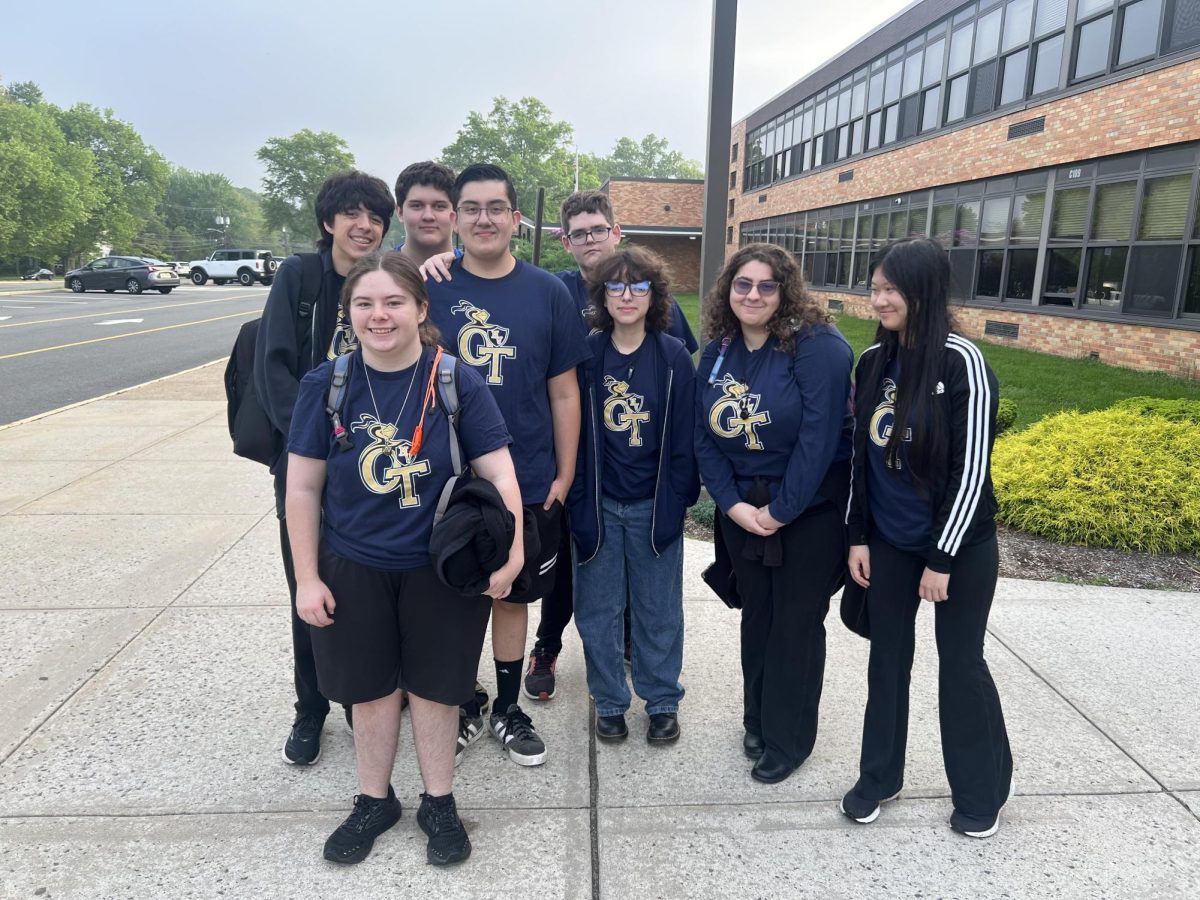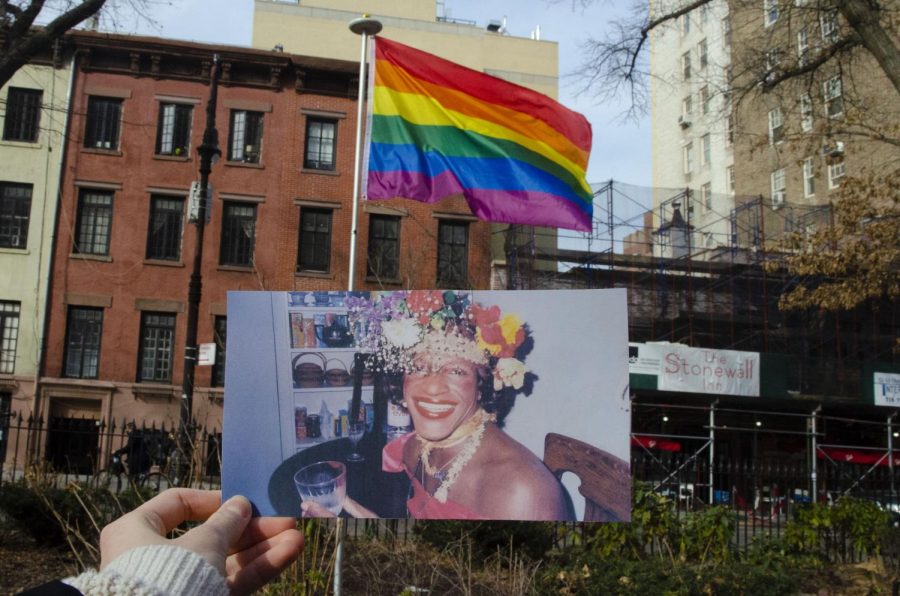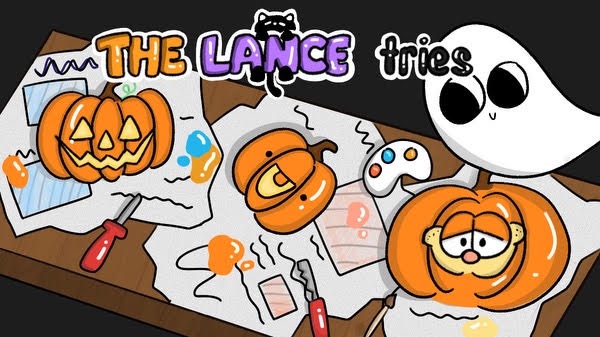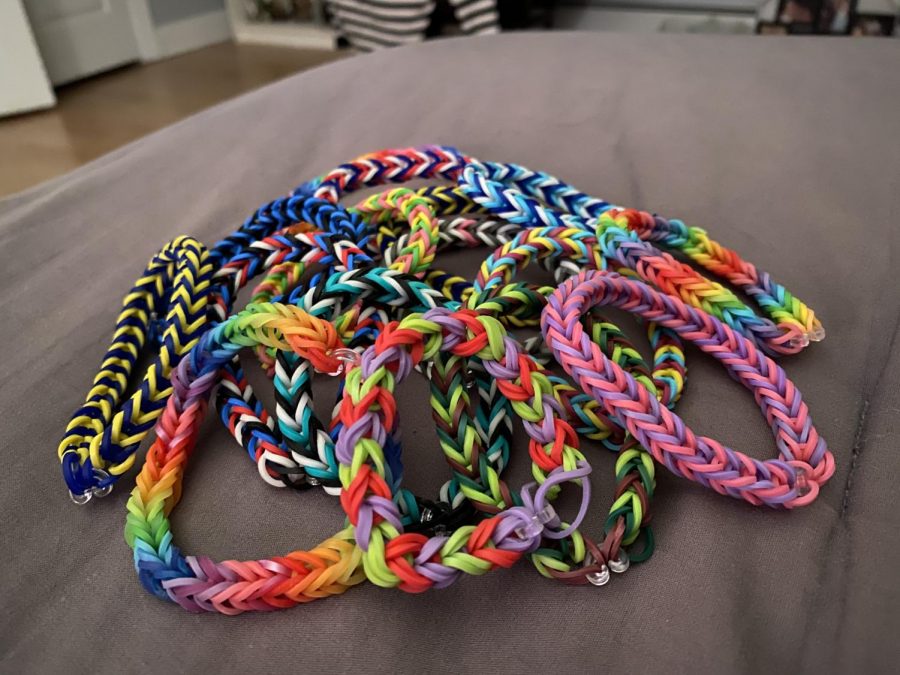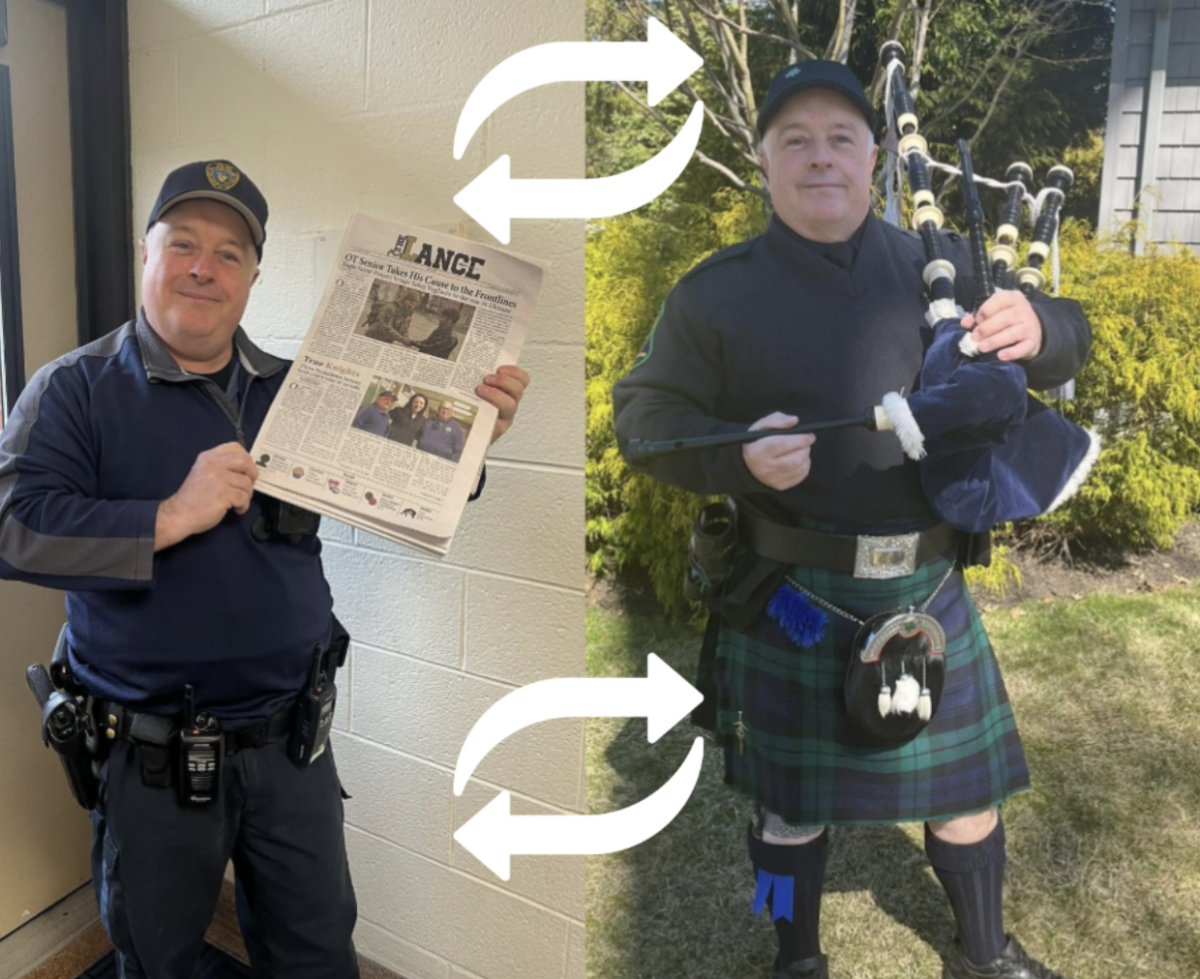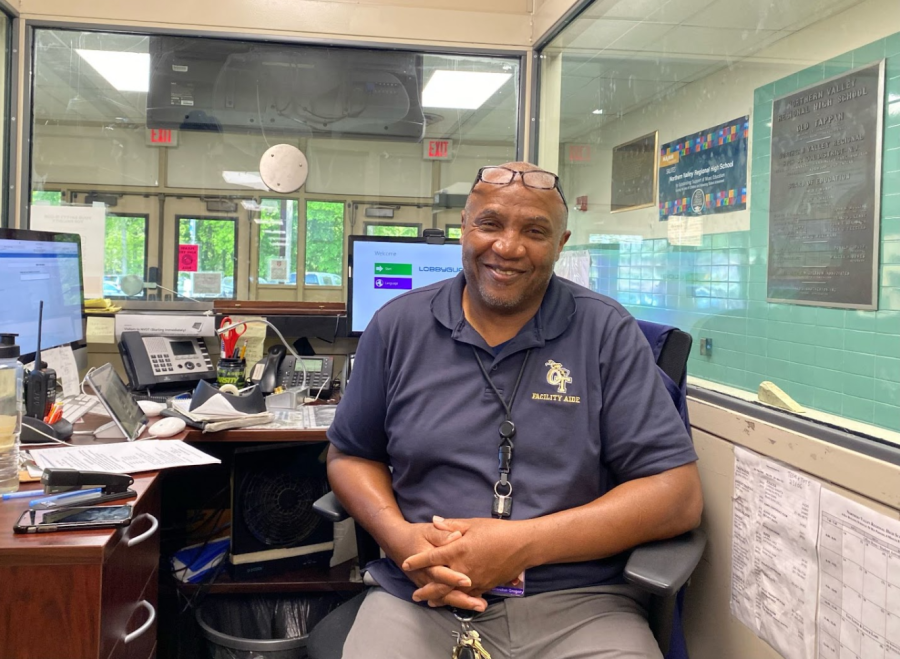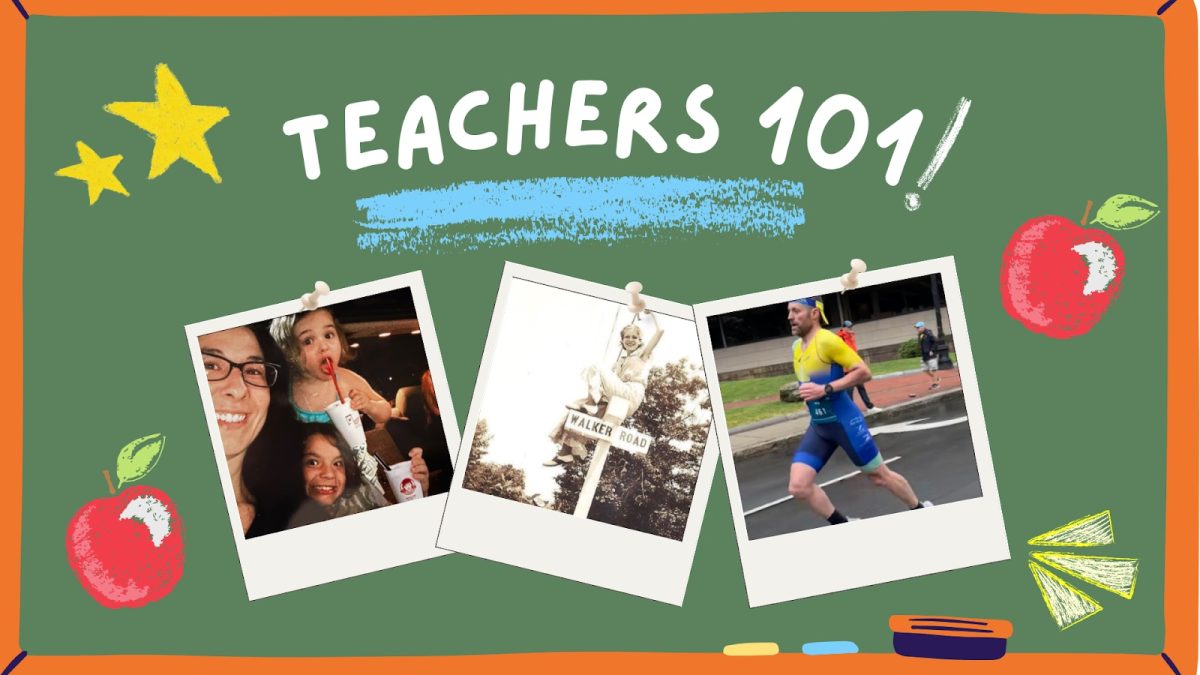Olivia vs. Olivia: Trick or Treating
Trunk-or-Treat vs. Trick-or-Treat
We have the same name, but different opinions, and we are on a mission to tackle some of mankind’s most pressing issues.
Trunk-or-Treat: Olivia Genco
Let me take you back to Halloween of 2005. Three-year-old me is excited for my first time going trick-or-treating, but after only getting to the third house, my Halloween is already over. A dog jumps up and bites my arm, sending me to the emergency room, and leaving me with a fear of dogs for many years to come. When taking me trick-or-treating my parents were not expecting to deal with questioning from the police and getting their three-year-old stitched up in the ER. On the surface, trick-or-treating is fun and innocent, but going to one wrong house can ruin the very spirit of Halloween.
It is understandable why parents of young children may be hesitant to take them out to trick-or-treat. Parents can never really know of the threats that lie on the other side of a door, and according to protectamerica.com, a home security website, there are 3,800 Halloween related injuries each year. Younger kids who are not as cautious as older ones may not be ready for classic trick-or-treating.
However, trunk-or-treating is not meant to replace trick-or-treating. It is simply another option to choose from if the latter ever seems like it could be unsafe. Trunk-or-treat is not meant for older children who like the thrill of having their own independence; it is meant for kids who are too young to know what independence even is.
Although trunk-or-treating lacks the adventure and fun of trick-or-treating, it is a good alternative for younger kids who are not as in control of what happens to them as older kids are. Going trunk-or-treating does not make today’s children more sheltered or take away from their childhood. It simply allows them to have those happy memories of getting candy without having any memories of spending their Halloween in the hospital.
Younger kids should go trunk-or-treating to get a feel for the real thing without having to face any of the potential dangers that come along with it, and when they are able to understand how to be safe on Halloween, they can go trick-or-treating for real. When a child is four years old, he or she does not really know the difference between getting candy at a house and getting candy at a table, so in the end, trunk-or-treat isn’t really taking anything away.
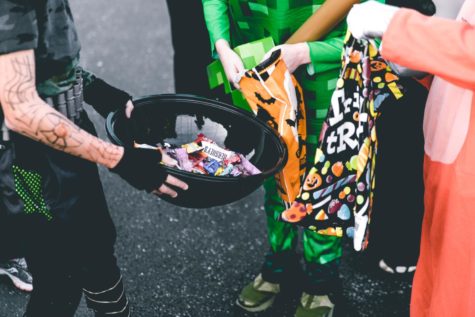
Trick-or-Treat: Olivia Franceschini
In October of 2011, Halloween changed for the worst. Commonly known as “Snowtober,” the impending snowstorm that was predicted to hit on Halloween posed a serious threat to trick-or-treaters in the Northeast. Not to fear, the PTSO had a solution: “trunk-or-treat.”
The concept of trunk-or-treat is simple: decorate tables in the high school gym and have children go from table-to-table as they would from door-to-door. Thus the potential dangers of trick-or-treating such as stranger danger, tampered candy, or dangerous fallen trees and power lines are removed. Although originally trunk-or-treat was supposed to temporary, the following October, Hurricane Sandy hit, and trunk-or-treat was a safe solution once again. Trunk-or-treat may be a safer alternative to trick-or-treating, but it cannot replace the freedom and independence trick-or-treating allows children to have.
Trunk-or-treat cannot replicate the thrill of walking door-to-door, pillowcase over your shoulder, ready to get as much candy as you could before it got too dark. Running down the street as a kid with a savage hunger for candy was as liberating as Rose “flying” on the bow of the Titanic. There is a sense of independence and adventure that comes with trick-or-treating that kids do not get to experience in the sheltered environment of a gym.
Trunk-or-treat eliminates potential threats that concern parents as their children trick-or-treat, but it also eliminates the hands-on experience of trick-or-treating. Parents should follow their children closely if they take them trick-or-treating, and they should also check any candy their children receive before allowing them to eat it. However, parental supervision is a simple solution to ensuring children’s safety and still allowing them to experience the full effect of Halloween.The raw energy of running wild across town with only one goal in mind: candy is an unforgettable excitement.
Junior Maya Griffith reminisced, “I always had a lot of fun trick or treating because my parents would just let me and my friends run loose around the town and it was so much fun.”
Halloween is a time to let children run wild, and just let kids be kids and have fun.
Trick-or-treating is about the journey, not the end game. Candy drives trick-or-treaters, but it’s the experience of going door-to-door in your homemade costume carrying around a pillowcase that lasts a lifetime. It’s the journey that makes trick-or-treating so fun, getting the candy is just an extra reward.

